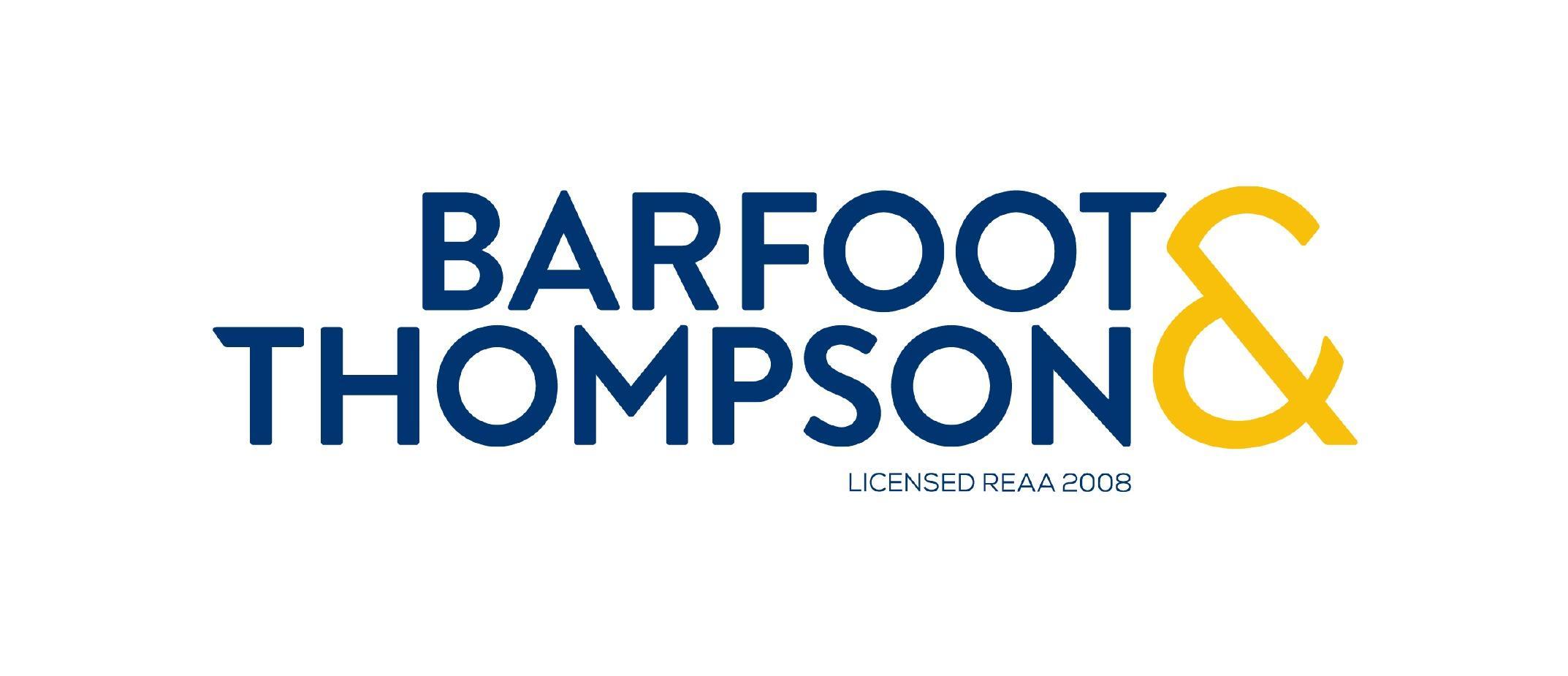Project Description
When developing properties our customers come to us with a variety of wants, needs and goals. When investigating properties for development there is not
one way to develop or a cookie cutter approach. We look at what your situation is and how we can then maximise the property to meet
your long-term goals.
In this scenario, the customer came to us wanting to build a minor dwelling on one of their rental properties. We ran through their goals and asked
why they were wanting to build a minor dwelling. The reason was they had a few rental properties and wanted to expand their portfolio, and they
had been told this is the right thing to do as an investor.
We looked at their 3 rental properties, and all had different options to develop.
Minor dwelling: Minor dwelling is a 2 bedroom unit and was the sort of project for investors that owned properties larger than 600sqm in areas like
South Auckland’s Manukau region, West Auckland and North shore. In the Unitary Plan now, the Mixed Housing Urban and Suburban Zone’s actually allow
you to build a second dwelling without subdividing. So if you looking at increasing yield you can now do 3-5 bedroom
homes without subdividing.
We looked at his properties and recommended that he subdivides and build a second dwelling instead.
Second dwelling & Subdivision: The benefit of the subdivision is the property is split into new titles and as an investor you get to realise a
great capital gain, use that equity to leverage on other developments or purchases and expand your portfolio.
Having a new perspective on what could be done on their properties, the client decided that subdividing their property and building a 4 bedroom house
would be a better option to help them achieve their goals.
In this scenario the existing house was towards the front of the property, which allowed for a second lot to be formed at the rear of the property.
We quickly established that the project could be achieved and would be feasible.
Customer Situation
- This client owns a number of rental properties around Auckland and was looking at expanding their property portfolio.
The existing front house is old, but still of a high enough standard to be tenanted, for now.
The house that the clients were looking at building at the back of the property would need to be of similar size to the front house in order to
hit the target market in the area.
With a school nearby, we suggested a 4-bedroom 2-bathroom plan to house a family.
Due to the position of the existing house, we could either crane the house on site, or build on site.
We looked at both options and in this case it was slightly more economical to build on site, and the investor had already told their tenant they were
building a new house on the back of the property. Some of our investors elect to build off site, to ensure there is minimal disruption to their
existing tenants.
Project challenges
- Driveway – The existing driveway was not wide enough for a subdivision.
- Solution: As the existing driveway would have had to have been replaced anyway, it was decided that we would construct
a new driveway on the other side of the front house. This meant that there was an added bonus of being more cost effective, as there was
no need to remove the existing driveway.
- Solution: As the existing driveway would have had to have been replaced anyway, it was decided that we would construct
- Slope of the site – There was a slight slope on the property, which meant that the proposed house would not fit on the section as it would infringe
on the council rules regarding Height in Relation to Boundary (HIRB).
- Solution: We reduced the length of the house by less than a meter. To compensate for the loss of square meterage, we
added in a “jut-out” to bedrooms 3 and 4, whereby bringing the overall square meterage back up to the original 105sqm.
- Solution: We reduced the length of the house by less than a meter. To compensate for the loss of square meterage, we
- Waste water main – There was a wastewater main running across the property where the new house site was proposed.
- Solution: Building on timber pile foundations, we were able to bridge the pipe with little fuss.
- Solution: Building on timber pile foundations, we were able to bridge the pipe with little fuss.
- Stormwater main -There were no stormwater mains close enough to connect to.
- Solution:With the help of an engineers report and design, we were able to do an onsite soakage trench.
- Solution:With the help of an engineers report and design, we were able to do an onsite soakage trench.
Outcome
over the reins and we took it through to completion.
Total cost breakdown
- House cost including consent – $218,000
- Site costs including subdivision works and private works – $189,000
- Consultants and engineers – $16,000
- Development contributions and water care – $39,000
- Total – $462,000
- Valuation of new Home $725,000
Returns
- Weekly rental – $ 600
- Annual rental return – $31,200
- ROI pre expenses – 7%
- Equity gain – $263,000
Project pictures


Every Development has its challenges. At Keith Hay Homes, we have a great team that we work with to help your project run smoothly, and achieve your
goals. If you are looking to maximise your investment portfolio or starting off your first project , then please don’t hesitate to book an appointment
with Kevin Smith at [email protected] or call on 021 085 72173.
ABOUT THE AUTHOR
Kevin Smith
Kevin is a Home Consultant with Keith Hay Homes and has extensive experience working with property investors.








Add Comment